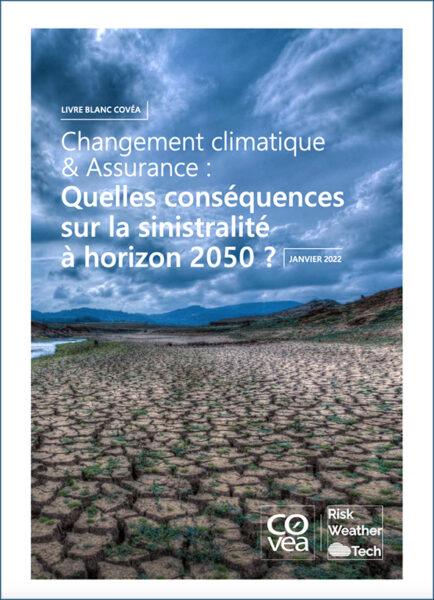The world economy cannot function without oil, notably because the transport sector relies so heavily upon it. Yet the forecasts of supply and demand for hydrocarbons differ widely depending on the expert source consulted.
Even though they are not much discussed in the institutional publications, major controversies surround the estimates of the total reserves that could be extracted in future. The most optimistic forecasts are based on the fact that the amount of proven reserves has never stopped growing over the last 50 years, thanks above all to technological progress and the exploitation of new, deep-sea fields; the optimists assume that past trends will continue and they reckon that there is no reason to fear shortages for another 40, if not 80, years.
By contrast, the most pessimistic experts argue that oil is a finite resource and the main oil-producing regions were discovered long ago. Since consumption rates now exceed discovery rates and technical progress has its limits, they calculate on the basis of discovery rates in the past that conventional and unconventional oil production might reach a maximum of 90 million barrels per day by 2015-2030, but after that it will decline inexorably.
Jean Laherrère, an expert on oil reserves, sums up the present situation and the forecasts of likely future changes in world oil reserves. His approach is rather pessimistic, stressing that the published figures on reserves tend to be highly political and must be viewed with caution, above all because there are no agreed definitions of what is being evaluated. He presents the various estimates of final hydrocarbon reserves (i.e. total production plus known reserves plus estimates of undiscovered reserves), and the range of factors affecting the forecasts. His conclusion does not beat about the bush: we must quickly check oil consumption (if necessary by raising prices significantly) if we are to satisfy our future energy needs.
The End of Cheap Oil. Why the Data about the Reserves Are so Unreliable and Controversial
Cet article fait partie de la revue Futuribles n° 315, jan. 2006


